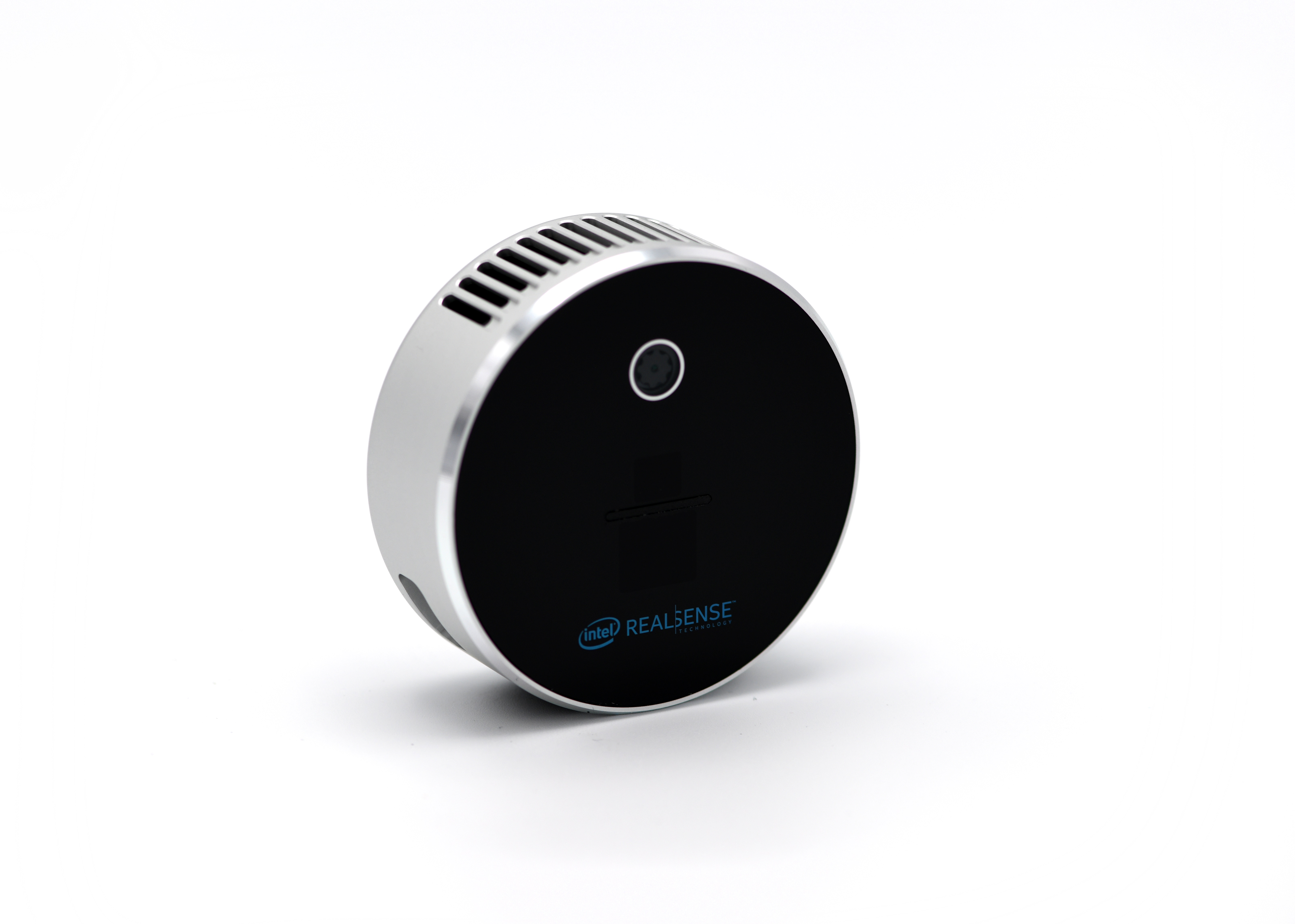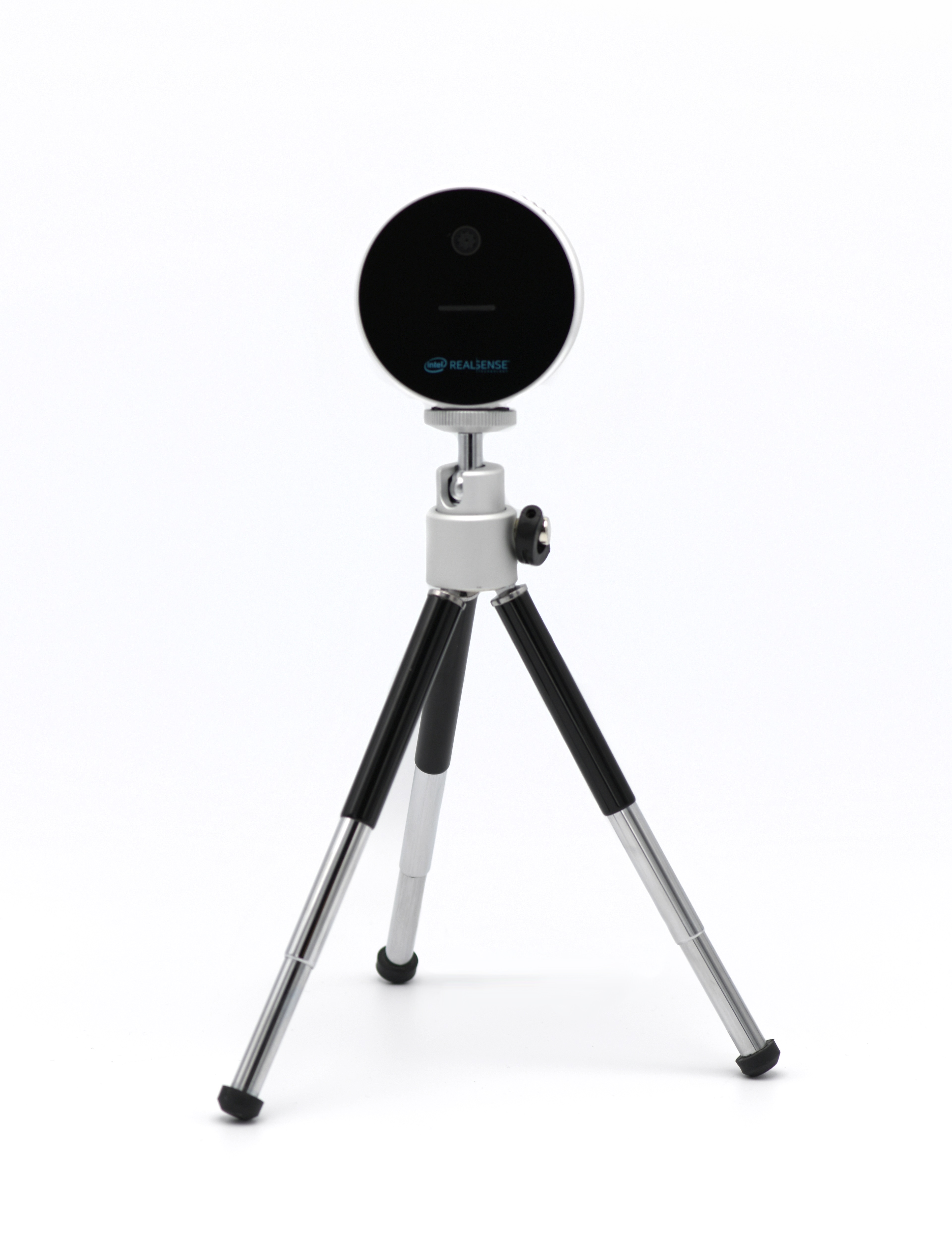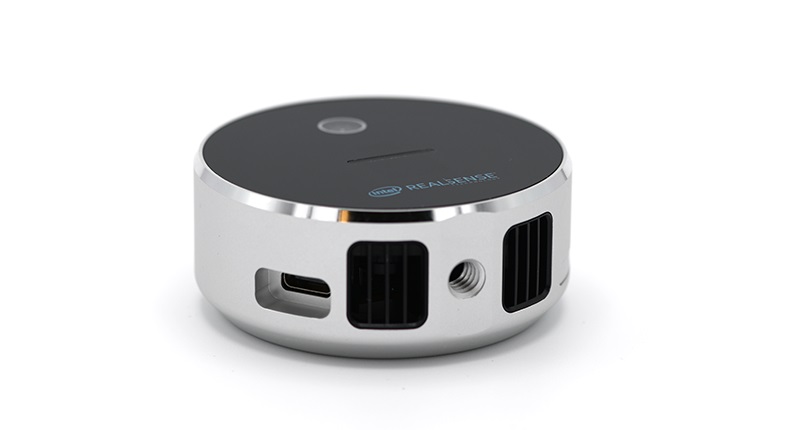Intel Announces RealSense L515 with ‘World’s Smallest’ LiDAR Camera
Intel claims it is the world's smallest and most power efficient high-resolution lidar camera.
Intel has entered the market of LiDAR technology with the announcement of the RealSense L515. The size of a tennis ball, Intel claims it is the world’s smallest and most power-efficient high-resolution lidar system. Although it is aimed at indoor applications, it could be a precursor to Intel’s lidar products for autonomous vehicles.
The RealSense L515 represents the first of a new family of depth cameras based on lidar technology in Intel’s RealSense portfolio. In lidar (Light Detection And Ranging) technology, lasers and receivers are used to measure the distance to objects by using the light’s time-of-flight. Intel claims it has developed a “revolutionary” solid-state lidar system with a proprietary micro-electro-mechanical system (MEMS) mirror to scan the scene. This system reduces the required laser pulse power. This enables the company to achieve what is says is the world’s smallest and most power efficient (high-resolution) lidar camera.
In terms of specifications, the L515 has a supported range of 0.25 - 9m. It has a resolution of 1024 x 768 pixels at 30 frames per second providing 23 million depth pixels per second with “millimeter accuracy”. Intel also claims it has a short photon-to-depth latency and a power consumption of less than 3.5W. The roughly 25mm focal length camera (35mm equivalent) also does not need calibration throughout its lifespan and is always ready to use. The product further has an internal vision processor, motion blur artifact reduction, an accelerometer and gyroscope (IMU) and full HD RGB video camera.
The device weighs 100 grams and it uses the same open source RealSense SDK 2.0 as the rest of the RealSense portfolio. The SDK supports a variety of programming languages and platforms. The Intel RealSense LiDAR Camera L515 is available for pre-order for $349 and will ship in late April 2020.
Intel RealSense technology is used to develop products that enrich people’s lives by enabling machines and devices to perceive the world in 3D. With the L515 depth camera, we are excited to bring high-resolution lidar performance to markets previously inaccessible to this technology
Sagi BenMoshe, CVP Intel RealSense Group
Applications
With the L515, Intel says it is bringing lidar technology to new markets. It is primarily aimed at indoor applications with its 9m maximum scanning distance.
Intel provided several examples of use cases for the camera. One such market is the logistics industry, where the camera’s precise volumetric measurements enable inventory management automation. In robots, Intel says the L515 differentiates itself with higher precision and accuracy, enabling higher performance in areas such as bin picking or grasping. Thirdly, for 3D scanning it would provide improved edge fidelity. The RGB camera and IMU are used for more robust handheld scanning.





Mobileye
In hindsight, Intel releasing a LiDAR-based product was foreshadowed at Mobileye’s investor summit in November. At the summit, Mobileye CEO Amnon Shashua disclosed the company’s plans to enter the market of lidar and radar technology for autonomous vehicles, branded as its EyeC Sensors, and said it was working with Intel silicon photonic and communications groups on those products.
Get Tom's Hardware's best news and in-depth reviews, straight to your inbox.
Mobileye also acquired a start-up focused on software for 3D tracking and scanning using lidar in late 2018. The company has stated that its goal is to have true redundancy for its self-driving systems by having separate camera and lidar systems, initially based on third-party lidar technology.
While Intel did not mention Mobileye or silicon photonics in today's announcement, the Mobileye investor summit was the first time we heard Intel talking about developing lidar and radar systems, of which the L515 appears to be the first product. For its EyeC sensors, Mobileye is targeting a 2023 market introduction.
Intel is not the only company working on fully solid-state or MEMS lidar technology. Other companies include LeddarTech, Lumotive, Quanergy, Infineon, Innoviz and Velodyne, the early leader in automotive lidar.
